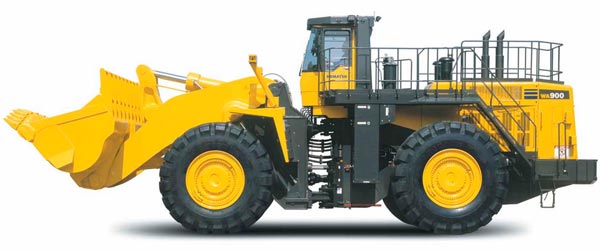Every manufacturer has increased manufacturing cost so new technologies have been made to make the small wheel loader easier to operate, more productive and more fuel efficient.
The focus of today’s loader technology is matching power output to demand which allows more material to be moved per gallon of fuel consumed, so as to achieve fuel efficiency.
Fuel efficiency is achieved through system integration, telemetric integration, new performance series buckets, drive train technology and integration. The small wheel loader has systems integration that balances the power of the engine and implements systems and drive train for a quick response, power and acceleration while significantly improving fuel efficiency. More information for the owners and operators is provided by telemetric integration. Manufacturers have incorporated power modes in the small wheel loader that tailor power curve of the engine to the work being performed.

When moving the heaviest or the most quantity of material, set the small wheel loader in power mode, which will give you the full functional and full capability. When moving light material, set the mode from standard to economy for a better fuel efficiency. Another efficiency area is the ability to set transmission shift points. When working in a flat terrain that has low rolling resistance, shift the transmission to low engine and wheel speeds. In a challenging terrain that has high rolling resistance or anywhere between, shift the transmission to high engine and wheel speeds. Learn more about this type wheel loader here: http://wheel-loaders.com/Small-Wheel-Loader/.
Incorporating Seamless Technology
When an operator gets efficient in the small wheel loader, especially in short-cycle loading, they should avoid using the transmission and torque converter to stop and change direction, because this wears on the engine and torque converter, and builds up heat. Instead an operator should use Reverse By Braking, which is a better solution that is seamless to the operator. When an operator changes from forward to reverse without applying brakes, the small wheel loader goes to neutral, setting the engine to idle and the brakes are applied. Reverse by Braking is a seamless technology that saves on components and improves cycle times. Furthermore fuel is saved this way.
Another way of achieving fuel efficiency is use of low-rpm, high-torque engines that produce maximum torque of between 1,400 and 1,600 rpm. But operators need to be taught how to properly use the power band. Efficiency has become a major design criterion in loader machines due to the high cost of fuel. Efficiency is calculated by measuring the material moved per gallon of fuel burned. The small wheel loader uses an intelligent power management system as part of achieving efficiency. Visit laigong machinery to learn more about wheel loaders.